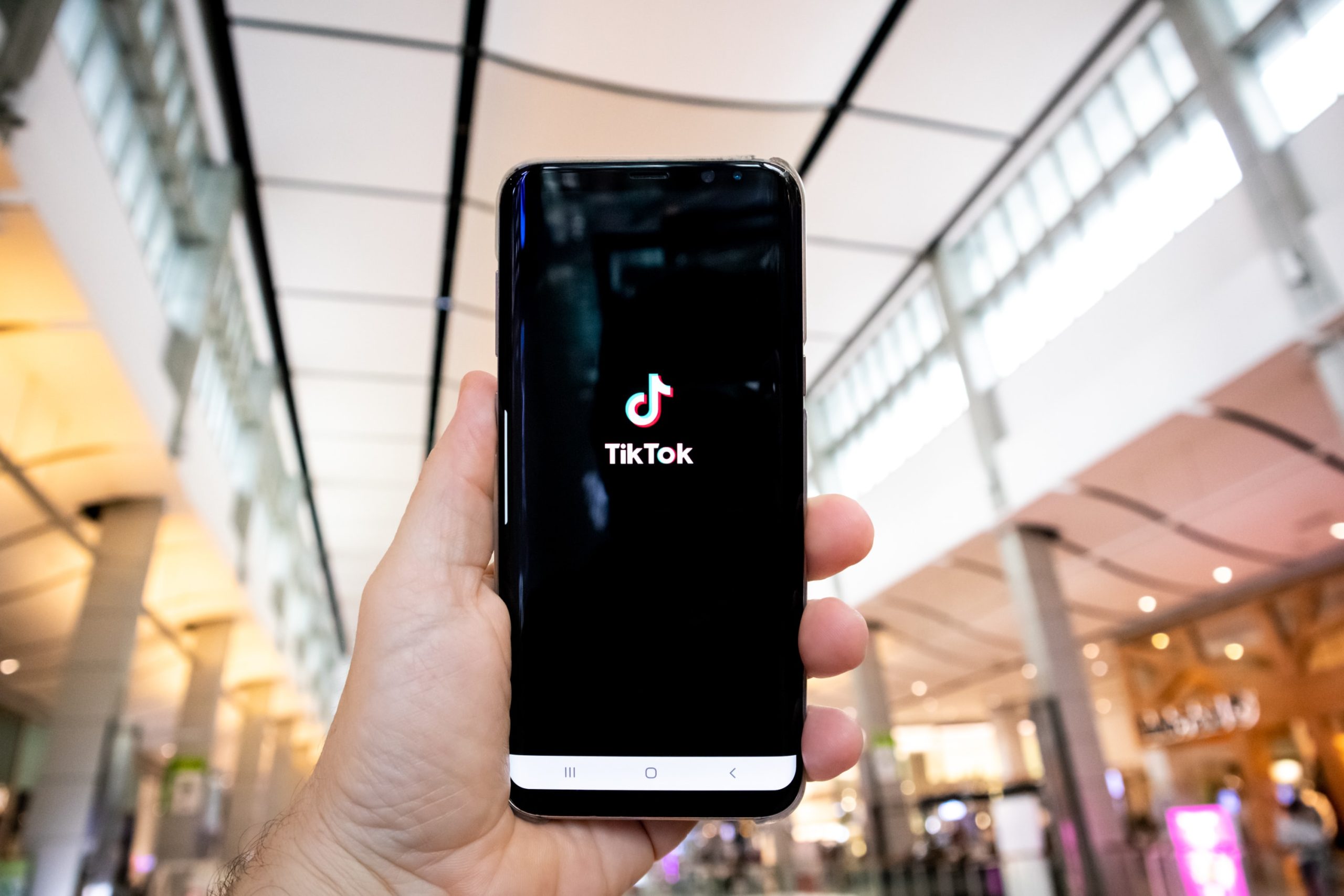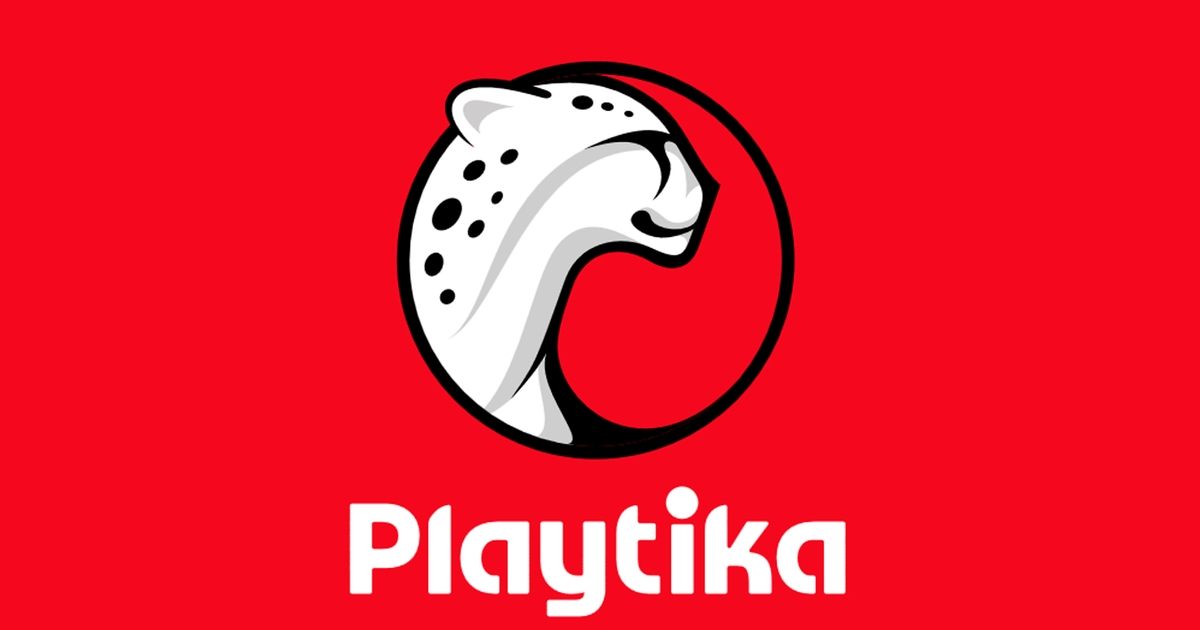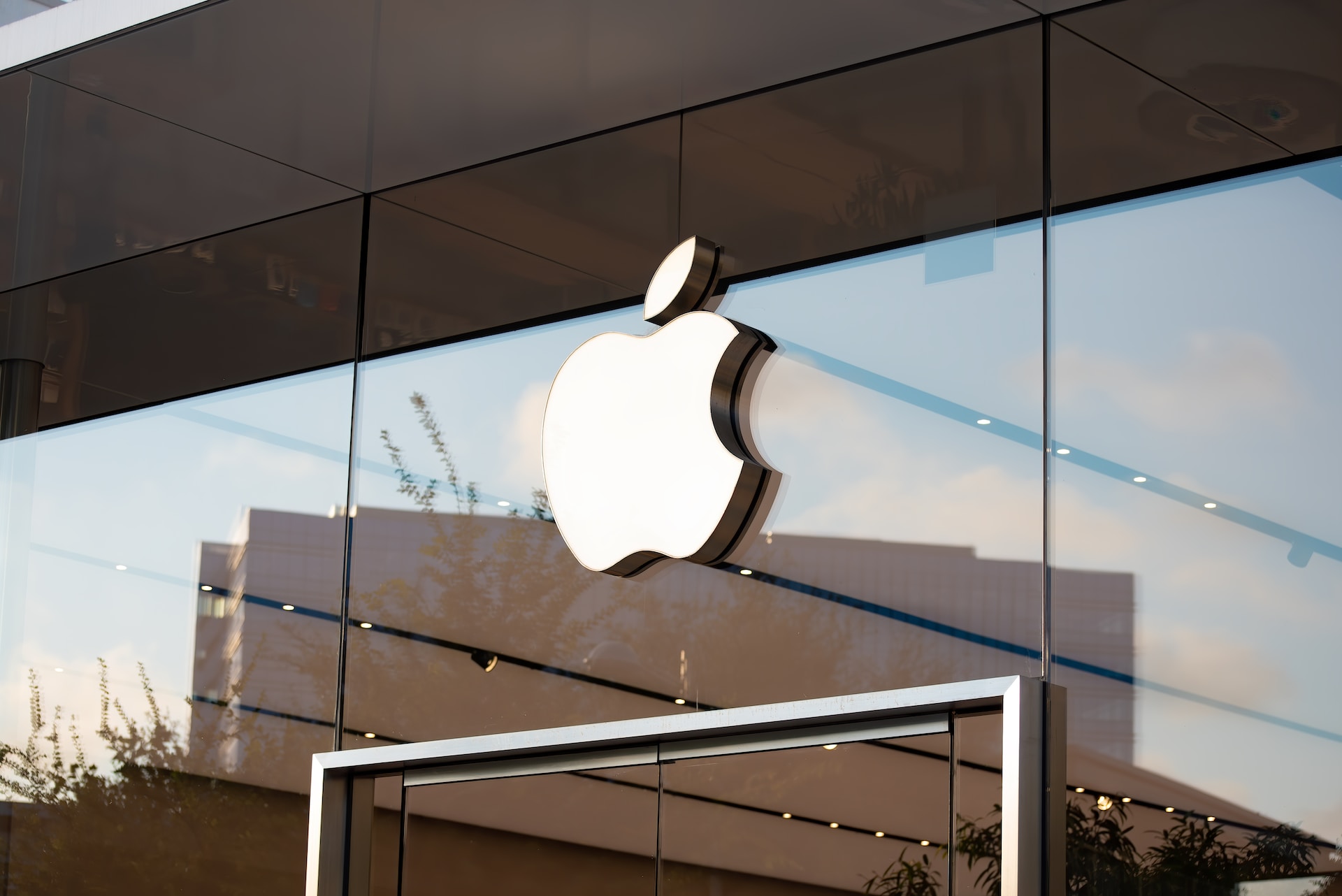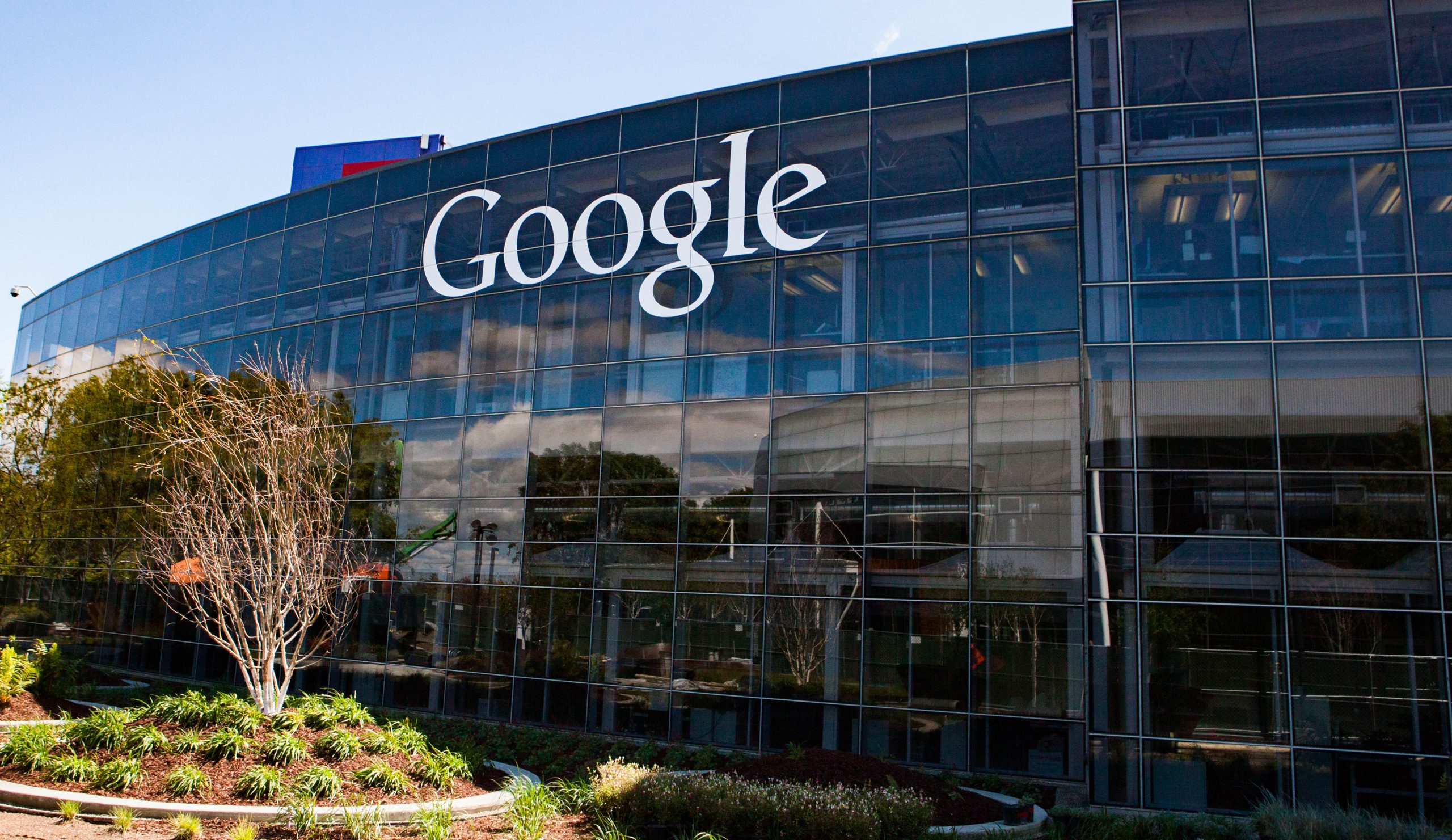 SMS is still the most prevalent messaging service in the US today when compared to other messaging services such as ‘Over the Top’ Instant Messaging (OTT/IM) services. That’s the conclusion of new research from mobile messaging specialist, Acision.
SMS is still the most prevalent messaging service in the US today when compared to other messaging services such as ‘Over the Top’ Instant Messaging (OTT/IM) services. That’s the conclusion of new research from mobile messaging specialist, Acision.
With 61 per cent of respondents stating they own a smartphone today, 91 per cent of this demographic reported using SMS regularly, despite having the ability to access different OTT/IM messaging services on their device. In fact, the five most popular OTT/IM services actively used by smartphone owners today are predominantly social media networks, including Facebook (37 per cent), Skype (17 per cent), Twitter (17 per cent), Apple iMessage (11 per cent) and Blackberry Messenger (10 per cent). WhatsApp, the only operating system-independent smartphone OTT/IM application was used by just 5 per cent of US consumers. Acision says that this demonstrates that while OTT/IM services fuel overall messaging traffic, services are fragmented, and overall usage is far lower than SMS, so they cannot be credited as a substitute for the humble text.
The research, which was conducted by Vanson Bourne, surveyed 1,000 mobile US device users, including smartphone owners (61 per cent) and feature phone owners (39 per cent). 65 per cent of the most prolific SMS users, smartphone owners, also stated they needed SMS today, with 45 per cent of these saying they would be lost without it – even though they have easy access to OTT/IM services on a smartphone. Reliance on SMS was particularly high among younger users aged 18-25 (79 per cent).
The research also revealed that US consumers send an average of 107 SMS messages per week. With 62 per cent of US smartphone users having unlimited SMS bundles, this concludes that the right pricing or package encourages SMS usage, and may be an influencing factor in the popularity of SMS versus OTT.
With smartphone adoption amongst the highest in the world, and access to SMS alternatives available to a high number of US consumers, 55 per cent of smartphone owners surveyed said they also use SMS alternatives. When asked about preference of SMS over OTT/IM messaging services, smartphone owners said the main reasons for using SMS were core service capabilities, including speed of delivery (47 per cent), reach (43 per cent) and reliability (38 per cent). On the other hand, the top three reasons to use OTT/IM messaging services over SMS are enhanced service features, including content sharing (28 per cent), speed (27 per cent) and the fact that the service works across devices (25 per cent). Acision says that both views indicate that even though enhanced features and the user experience is important for users, core service capabilities are valued significantly higher. Only 4 per cent of smartphone users said that IM is more reliable and faster than SMS.
When asked about SMS-based personalised services, a number of respondents stated that they would be likely to use these if offered by operators, including message delivery notifications (36 per cent), black/white listing (33 per cent); message search (29 per cent); and group messaging (32 per cent). In line with this, 28 per cent of respondents said they would be willing to pay for these enhanced features. This is evidence, says Acision, that there is an opportunity for operators to extend the functionality and life span of text, generate premium revenues and increase customer loyalty and ARPU.
“The ubiquity, simplicity and reach of SMS continues to make it the messaging service of choice among mobile users today, even for Smartphone users that have easy access to SMS alternatives,” says James Israel, senior vice president and general manager for N. America at Acision. “Acision’s in-depth look into messaging offers new insights on user habits as well as their continuing dependence on SMS in conjunction with using other messaging services next to text. What is interesting is that SMS seems to excel on devices that have been more commonly associated with IM services. Based on these results, we can see that price is a key consumer requirement that drives messaging behaviour, but can be eliminated from the equation when comparing SMS and OTT messaging service usage in the US, because of unlimited SMS bundles. We can also determine there is a long and healthy future for SMS, if operators get the pricing right and enhance the user experience.”
Popular topics
Samsung Ads changes channels with appointment of The Digital Voice™ as lead PR Agency
Utiq Launches in the UK, expanding Telco-powered Infrastructure for the Open Internet
SMS will remain a key revenue driver for the messaging market globally for the next five years, despite growth in enhanced messaging. Thats the conclusion of Mobile Messaging – 2005, a new report from Informa Telecoms & Media.
As regular visitors to Mobile Marketing Magazine will know, some believe it has longer even than that. In an interview we ran more than a month ago with Andrew Bud, executive chairman of mobile transaction network mBlox, he told us that SMS would dominate the mobile marketing landscape for the next 10 years.
The Informa report analyses the current position and future prospects for a range of enhanced messaging options such as multimedia messaging (MMS), mobile email and instant messaging (IM). Across all these sectors, says the report, person-to-person (P2P) messaging will continue to represent the main sector of the business, but application-to-person (A2P) and interactive messaging will become increasingly important, as new services, such as mobile marketing, and the delivery of rich content come on stream.
“We believe the messaging market has great potential” says Dan Winterbottom, one of the reports authors. “With total revenues approaching $120 billion globally by 2010, this is one of the key growth sectors in mobile services.”
Part of this growth, says the report, will come from new markets, such as the developing areas of Asia Pacific, and part from an increasingly complex marketplace, where messaging is driven by business users as well as by consumers. Mobile email, which is attracting the attention of a number of major players, including Microsoft, is cited as one example of this.
The report goes on to describe the recent evolution of the A2P market, and how increasing penetration of higher performance handsets, as well as moves by brand owners to go direct to the consumer, have combined to create a more attractive environment for content providers and mobile consumers alike. Alongside existing content like ringtones and games, new types of content, such as full-track downloads, end user-generated content like mobile blogging and fan-based communities, are helping to fuel new growth in the sector, the report says.
Looking further ahead towards the medium term future, the report says that the outlook for enhanced messaging, including mobile email, MMS and IM is promising. The common theme that runs through the success stories in the sector, says the report, is consumer benefit – whether that means sharing pictures on a network, downloading music on demand, or giving consumers the power to shape mobile content in a way that suits them.
As part of the research programme for the report, Informa Telecoms & Media carried out an online survey of mobile professionals worldwide to assess opinions and market trends. This revealed, among other things, that device usability is still a key success factor for messaging, and that longer term, technology issues, such as how to manage the convergence of different messaging types, are critical. The report concludes that device usability, pricing and quality of service are the immediate concerns to be addressed, but that in the medium term the prospects for enhanced messaging are good.
The report costs 2,155 for a paper copy, or 3,155 for a single-user PDF, plus paper copy.
More information at: http://telecoms.msgfocus.com/c/1butZo5voyNXil6
Andrew Bud interview. Read



















